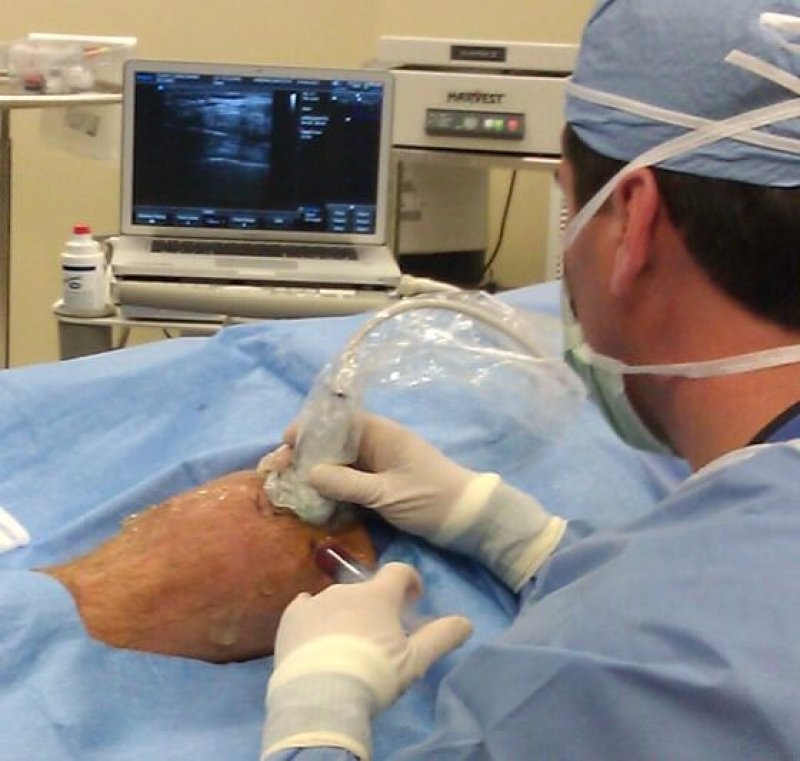Scientists at Rutgers and other universities have created a new way to identify the state and fate of stem cells earlier than previously possible.
Understanding a stem cell’s fate – the type of cell it will eventually become – and how far along it is in the process of development can help scientists better manipulate cells for stem cell therapy.
…
Existing approaches to assess the states of stem cells look at the overall population of cells but aren’t specific enough to identify individual cells’ fates. But when implanting stem cells (during a bone marrow transplant following cancer treatment, for example), knowing that each cell will become the desired cell type is essential.
…
The approach, called EDICTS, involves labeling epigenetic modifications and then imaging the cells with super resolution to see the precise location of the marks.
…
“Having the ability to visualize a stem cell’s future will take some of the questions out of using stem cells to help regenerate tissue and treat diseases,” says Rosemarie Hunziker, program director for Tissue Engineering and Regenerative Medicine at the National Institute of Biomedical Imaging and Bioengineering. “It’s a relatively simple way to get a jump on determining the right cells to use.”
[The study can be found here.]The GLP aggregated and excerpted this blog/article to reflect the diversity of news, opinion, and analysis. Read full, original post: Super Resolution Imaging Helps Determine a Stem Cell’s Future































